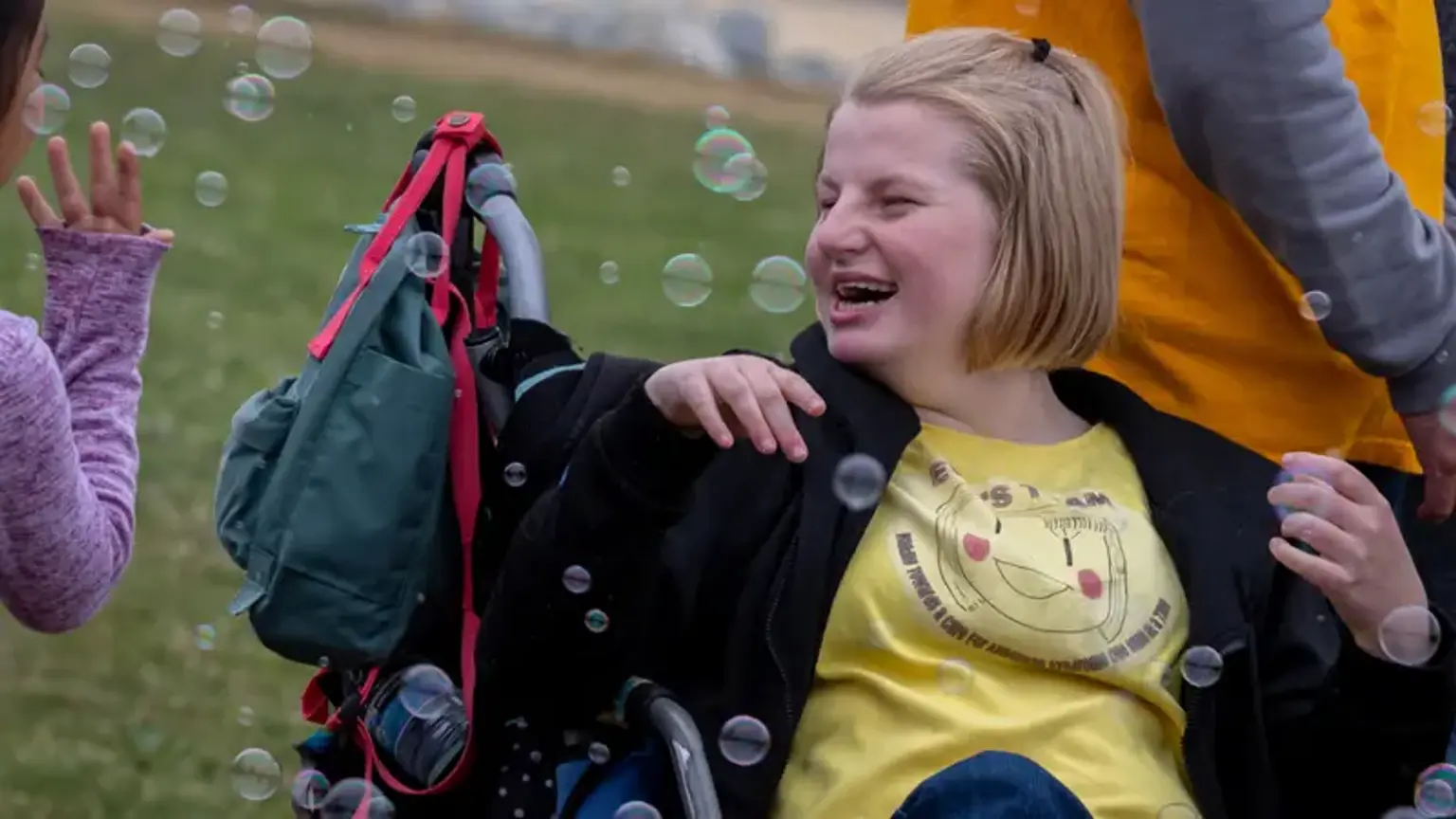Introduction
Overview of Angelman Syndrome
Angelman Syndrome (AS) is a rare genetic disorder that primarily affects the nervous system, leading to developmental delays, neurological challenges, and distinct behavioral traits. First described in the 1960s by British pediatrician Dr. Harry Angelman, this condition is now recognized as a significant cause of developmental disabilities in children. Often characterized by a happy demeanor, frequent smiling, and laughter, individuals with Angelman Syndrome also experience severe intellectual disabilities and difficulties with movement and balance.
Importance of Awareness
Raising awareness about Angelman Syndrome is crucial for timely diagnosis and management. Misdiagnosis is common due to the overlap of symptoms with other developmental disorders like autism or cerebral palsy. By understanding the unique characteristics of Angelman Syndrome, families and healthcare providers can ensure that children receive appropriate interventions and support early in life.
Symptoms of Angelman Syndrome
Recognizing Key Symptoms
Angelman Syndrome has a distinct set of symptoms that can often be recognized in early childhood. Delayed developmental milestones, such as sitting or walking later than usual, are often the first signs. Many children with Angelman Syndrome do not develop speech or have only minimal verbal abilities. Additionally, their cheerful disposition, with frequent smiling and laughter, sets them apart from children with other developmental conditions.
